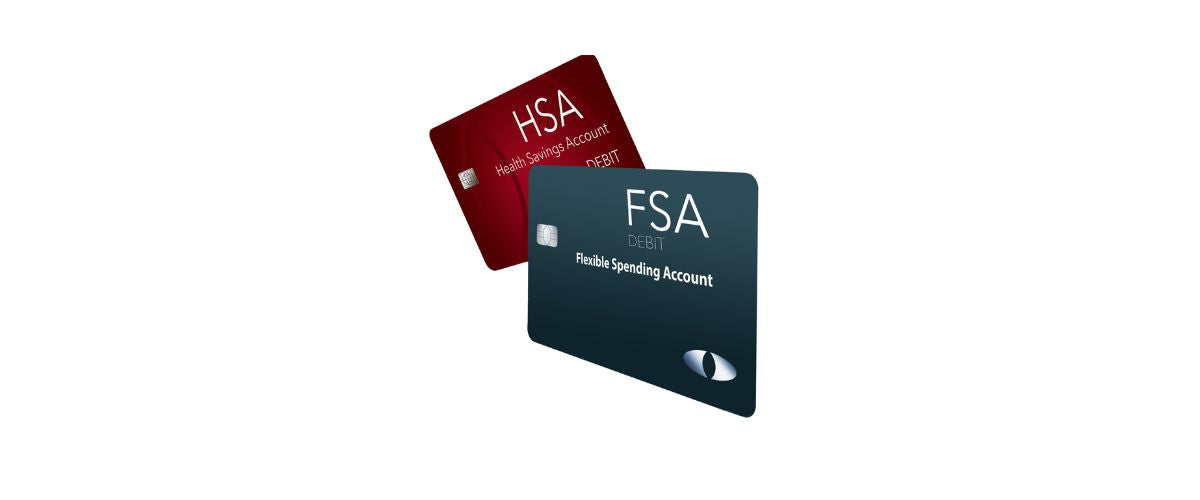
Maximizing Your Health Savings: A Guide to HSA and FSA Utilization
Health Savings Accounts (HSAs) and Flexible Spending Accounts (FSAs) are powerful financial tools that can help you save money on healthcare expenses while reducing your taxable income. These accounts allow you to set aside pre-tax dollars for qualified medical expenses, but to fully reap their benefits, you need to understand how to use them wisely. In this blog, we'll explore the best practices for utilizing your HSA and FSA to their fullest potential, including a convenient tip for using your healthcare card directly on the Luminary website.
Understanding HSA and FSA
Before diving into strategies for making the most of your HSA and FSA, let's clarify what these accounts are:
- Health Savings Account (HAS): An HSA is a tax-advantaged savings account available to individuals with a high-deductible health plan (HDHP). Contributions to an HSA are tax-deductible, and the funds can be used for qualified medical expenses both now and in the future. HSAs are portable, meaning the account is yours to keep even if you change jobs or insurance plans.
- Flexible Spending Account (FSA): An FSA is an employer-sponsored benefit that allows you to set aside pre-tax dollars for eligible medical expenses. Unlike HSAs, FSAs typically have a "use it or lose it" rule, meaning you must spend the funds within the plan year or a short grace period.
Now, let's explore some practical tips for making the most of your HSA and FSA.
Maximizing Your HSA and FSA
- Contribute the Maximum Amount: If possible, contribute the maximum allowable amount to your HSA and FSA. In 2023, the maximum contribution limit for an individual HSA is $3,650, and for an individual FSA, it's $2,850. By contributing the maximum, you can reduce your taxable income significantly.
- Plan Your Expenses: Carefully plan your qualified medical expenses. Make a list of expected healthcare costs, such as doctor visits, prescription medications, dental care, and vision care. This helps you allocate your HSA or FSA funds efficiently and avoid any "use it or lose it" scenarios with FSAs.
- Use Your Healthcare Card on the Luminary Website: One innovative way to optimize your HSA or FSA is to use your healthcare card directly on the Luminary website. Luminary offers a wide range of fully stocked emergency kits, including items that qualify as eligible expenses under these accounts. Instead of using personal funds and waiting for reimbursement, simply use your healthcare card on their website for a hassle-free and efficient process.
- Keep Records: Maintain thorough records of your healthcare expenses. Store receipts, invoices, and EOBs (Explanation of Benefits) from your insurance company. This documentation is essential for substantiating your claims, especially if you're ever audited by the IRS.
- Consider Long-Term Savings: With an HSA, you can invest your funds once you reach a certain balance. This allows your contributions to grow tax-free for future medical expenses, including retirement healthcare costs.
- Educate Yourself: Stay informed about the rules and regulations surrounding HSAs and FSAs. Tax laws can change, so it's essential to understand the latest updates to ensure you're making the most of these accounts.
- Use It for Preventive Care: Many preventive services, such as vaccinations and certain screenings, are covered by HSA and FSA funds. Investing in preventive care can save you money in the long run by avoiding costly medical treatments.
Health Savings Accounts (HSAs) and Flexible Spending Accounts (FSAs) are valuable tools for managing your healthcare expenses while minimizing your tax liability. To make the most of these accounts, contribute the maximum amount, plan your expenses, and use your healthcare card directly on the Luminary website for added convenience. With careful planning and awareness of the rules, you can optimize your HSA and FSA to ensure you're getting the most bang for your healthcare buck, both now and in the future.

Leave a comment